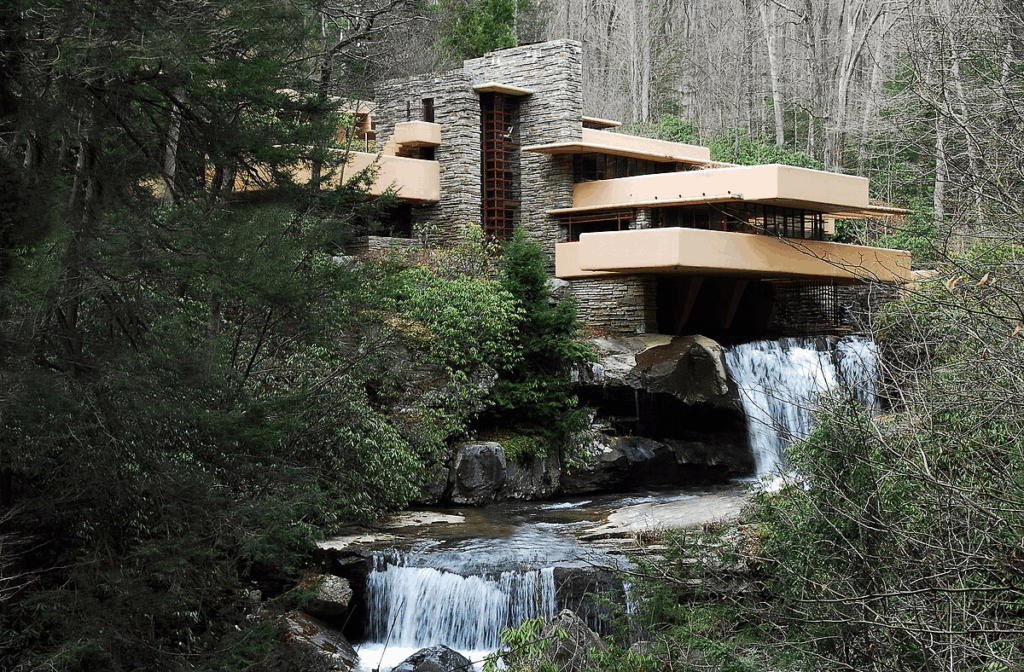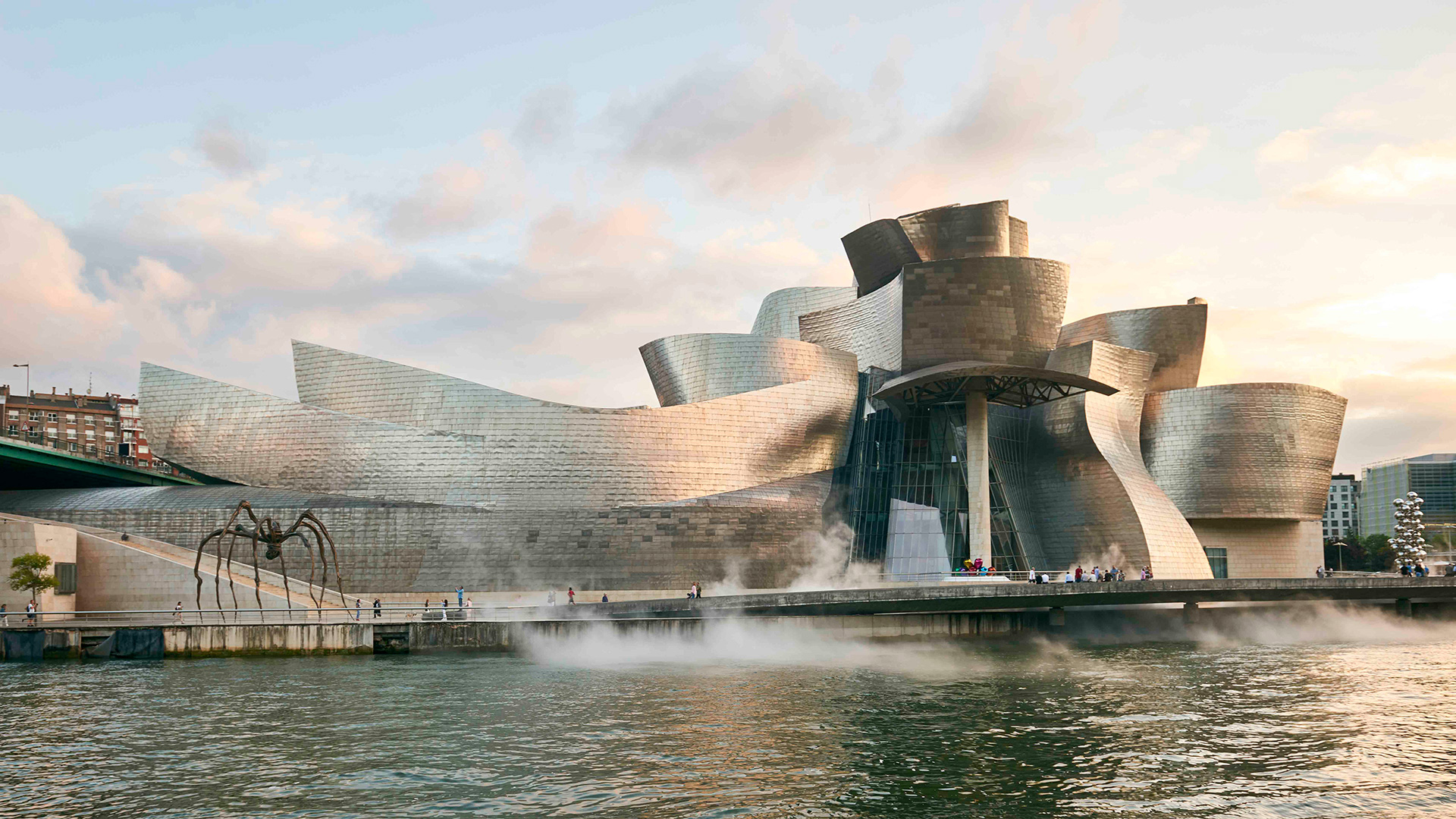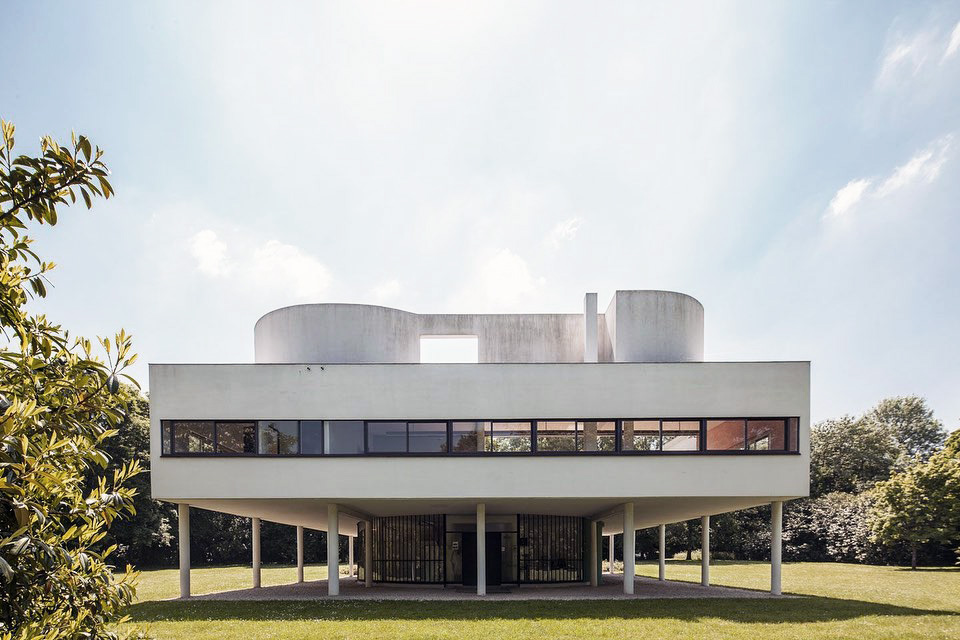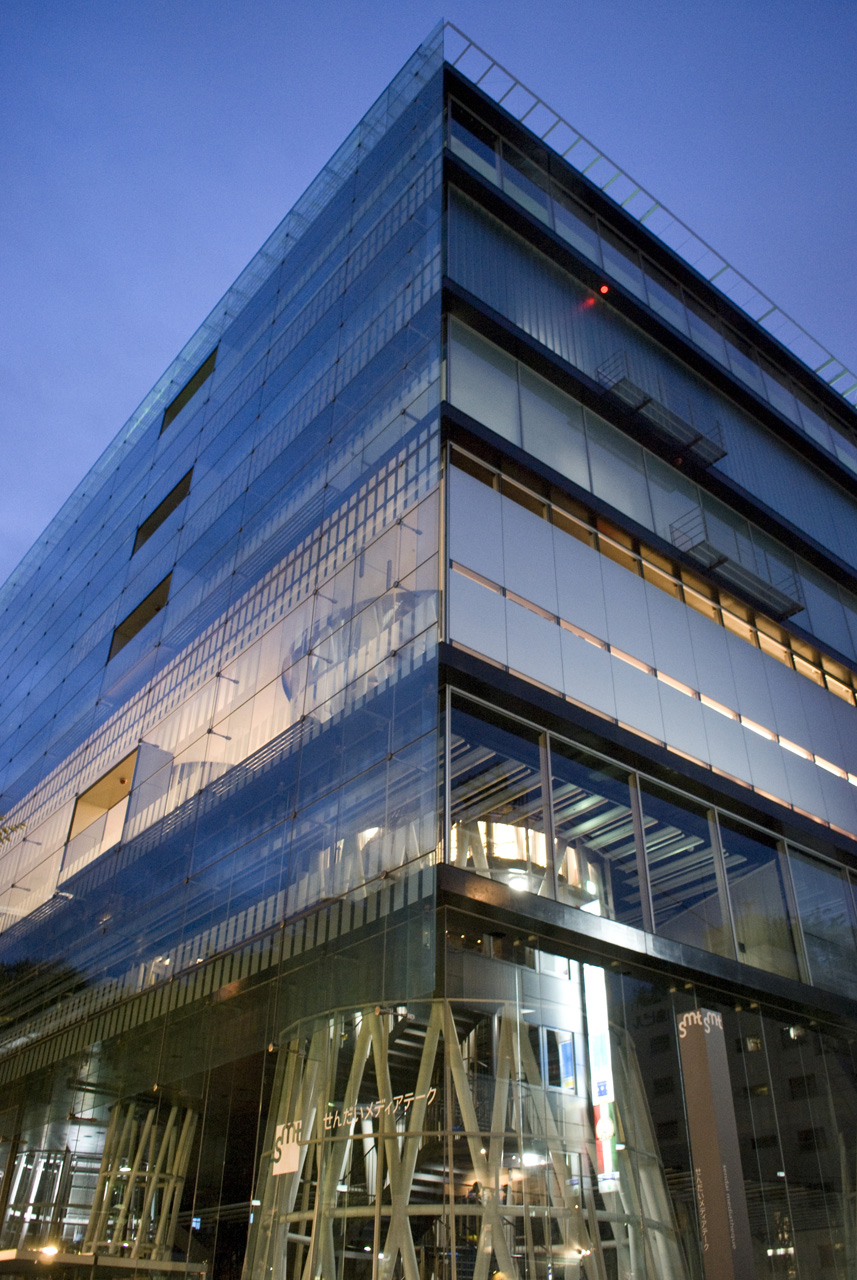Architecture is more than the art of building — it’s the art of shaping how we live, work, and dream. The best architects in the world have not only redefined skylines but have also reimagined our relationship with space, nature, and culture. From the organic forms of Frank Lloyd Wright to the futuristic curves of Zaha Hadid, these visionaries continue to inspire generations of architects and designers.
Below, discover five of the greatest architects whose ideas changed the way we see the world.
1. Frank Lloyd Wright – The Pioneer of Organic Architecture

Frank Lloyd Wright (1867–1959) is considered one of the most influential architects of all time. His philosophy of organic architecture emphasized harmony between human habitation and the natural world.
Key Works: Fallingwater (Pennsylvania), Guggenheim Museum (New York), Robie House (Chicago)
Signature Style: Integration of natural surroundings, open interiors, and horizontal lines.
Legacy: Wright designed over 1,000 structures, many of which remain architectural landmarks. His work continues to influence sustainable and human-centered design today.
2. Frank Gehry – The Master of Deconstruction

Few architects are as instantly recognizable as Frank Gehry (born 1929). Known for his bold, sculptural forms and unconventional use of materials, Gehry’s buildings look like they’ve been frozen mid-motion.
Key Works: Guggenheim Bilbao (Museum), Walt Disney Concert Hall (Los Angeles), Dancing House (Prague)
Signature Style: Curved titanium surfaces, deconstructivist shapes, and expressive chaos.
Legacy: Gehry redefined architecture as public art, proving that buildings can inspire awe as much as paintings or sculptures.
3. Le Corbusier – The Father of Modernism

Le Corbusier (1887–1965), born Charles-Édouard Jeanneret, revolutionized architecture with his vision of modernism. His “Five Points of Architecture” — including pilotis, open floor plans, and roof gardens — reshaped how buildings were conceived in the 20th century.
Key Works: Villa Savoye (France), Notre Dame du Haut (Ronchamp), Capitol Complex (Chandigarh, India)
Signature Style: Functionalism, concrete structures, and geometric purity.
Legacy: Le Corbusier’s ideas on urban planning and residential design still influence contemporary architecture and sustainable city planning.
4. Toyo Ito – The Poet of Light and Structure

Japanese architect Toyo Ito (born 1941) bridges the digital and the physical worlds through his innovative, fluid designs. Winner of the Pritzker Prize in 2013, Ito explores how architecture interacts with technology, light, and human perception.
Key Works: Sendai Mediatheque, Taichung Opera House (Taiwan), Tower of Winds (Yokohama)
Signature Style: Light, organic forms and a seamless blend of structure and transparency.
Legacy: Ito’s work challenges the boundaries between real and virtual, creating spaces that feel both ethereal and deeply human.
5. Jean Nouvel – The Contextual Innovator

Jean Nouvel (born 1945) is one of France’s most respected architects, known for designs that respond uniquely to their cultural and environmental settings. His projects combine light, shadow, and texture in a way that honors the spirit of each location.
Key Works: Louvre Abu Dhabi, Torre Agbar (Barcelona), Institut du Monde Arabe (Paris)
Signature Style: Contextual minimalism and innovative use of light.
Legacy: Nouvel’s architecture embodies adaptability — every project is a new response to place, culture, and time.
The Legacy of Great Architecture
What makes these architects the best in the world isn’t just their technical mastery — it’s their ability to tell stories through space. They transform concrete, glass, and steel into emotions, memories, and movements.
As architecture continues to evolve with technology and sustainability, the next generation of architects will build upon these legacies — creating designs that are not only beautiful but also responsible, inclusive, and forward-thinking.



